- Introduction
- Sevilla: Cool Before Dorne Was Cool
- Ceuta & Algeciras: Day Trip to Africa
- Cordoba: Capital of a Caliphate
- Granada: Memories of a K-Drama
- Malaga: Bonus Content Day
- Stuff We Ate
- Stuff We Drank
- Uncategorized Thoughts
Trains
Spain had the second-longest high speed rail network in the world, which allowed us to hop from city to city easily and affordably.
We booked all our train tickets directly on Renfe’s website. I read some travel guides claiming that Renfe could be buggy (which was true) and that it was easier to pay a small fee to book through a travel agency. However, but of both the recommended third-party sites I tried were even worse and I couldn’t get a single itinerary to ticket. Renfe sometimes failed at the credit card payment step, and it never let me to book first class, but it did work. The most confusing part, though, was that for trips without a direct train, Renfe would not automatically create an itinerary with a connection. For someone not yet familiar with Spain’s geography, it took a lot of trial and error before I was able to figure out how to book our travel in individual legs.
All but one of our train trips throughout Andalucia involved going through or transferring at Antequera Santa Ana station. Whereas most train stations, especially the major ones, were in the middle of cities, this particular one was in the middle of nowhere, and quite far from the town of Antequera.
The trains in Spain were not as punctual as their counterpart in Japan, but the worst delay was merely 15 minutes. They were comfortable and came with a dining car that sold drinks and snacks, which we took advantage of several times.
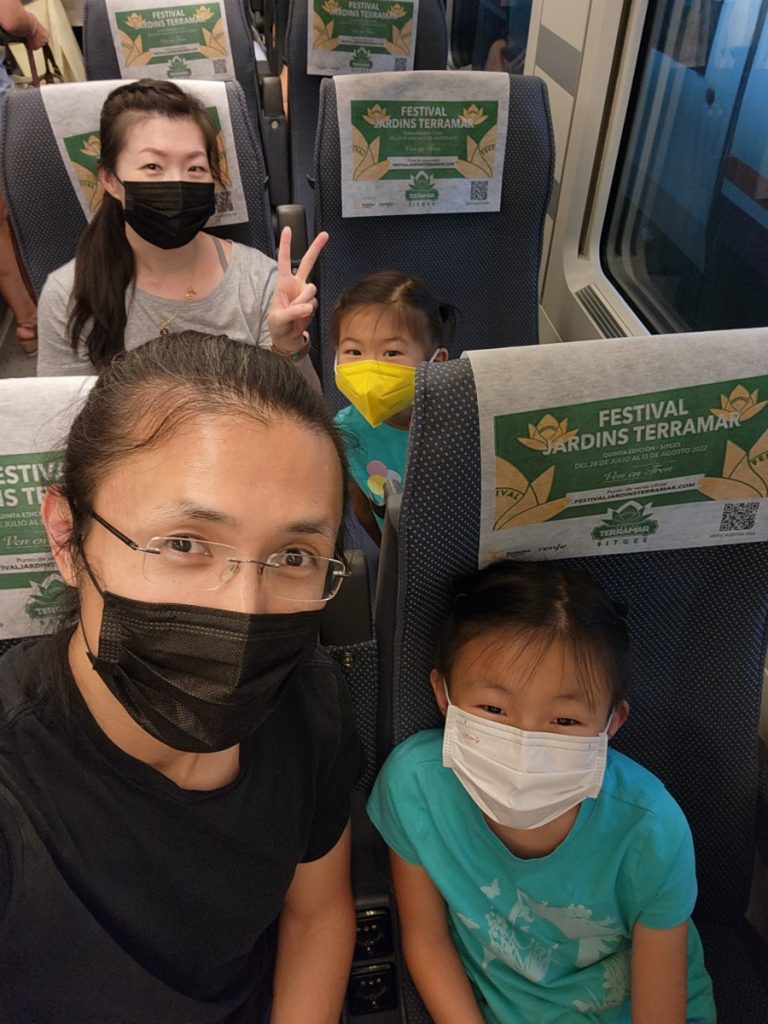
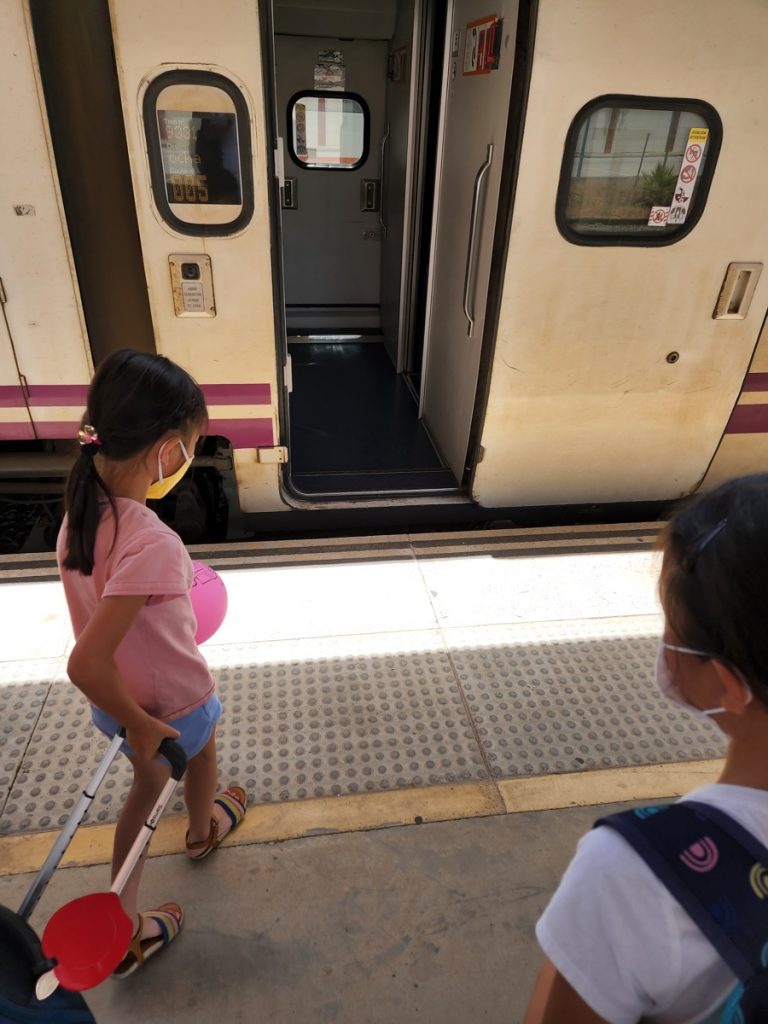
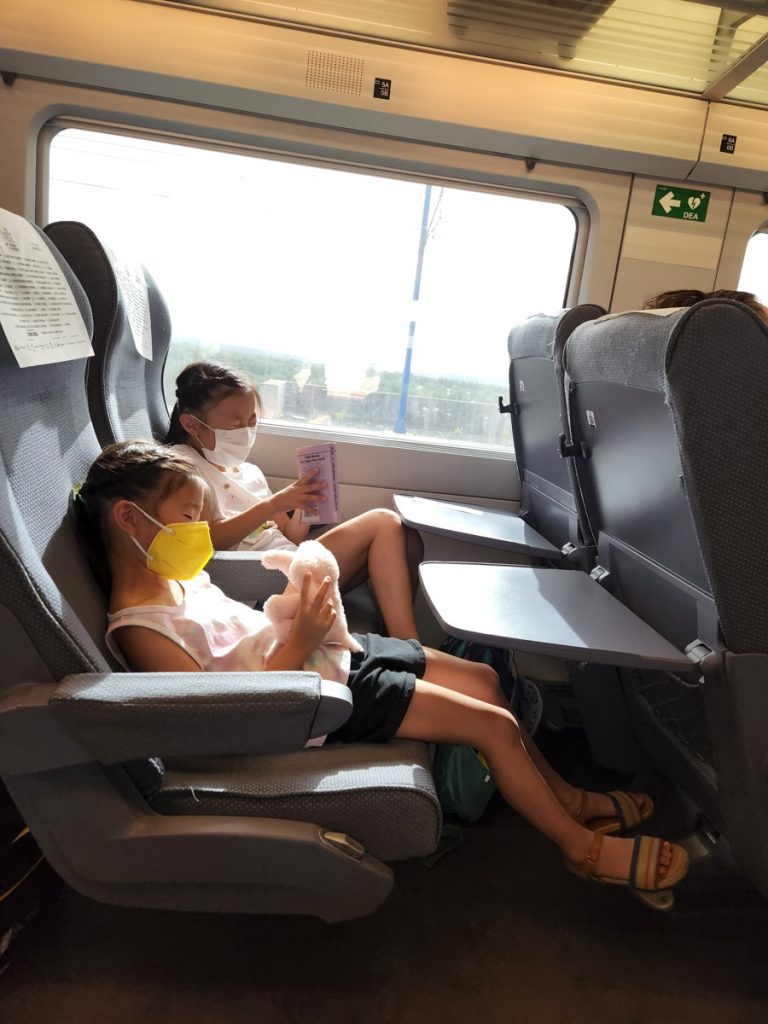
Walkability
Part of what made these Andalucian cities so enjoyable was their walkability. Each city had a lot of cars, for sure, but pedestrians still dominated. We watched toddlers being pushed in a fleet of strollers to morning day care, little kids in uniforms being shuttled to school on the backs of their parents’ bicycles, college students strolling to campus, young professionals commuting on scooters, and seniors congregating in street corners sipping their coffee – all alongside tourists like us snapping selfies while shopping for souvenirs. Such coexistence was rather rare in the US, where people tend to be segregated by class and age. Even when we did pass by one another in America, we were shielded behind each other’s car windows, wide roads, and large parking lots.
Currency Conversion
At the time of our trip, the Euro was worth 7% more than the US Dollar. The counterintuitive part was that that given an identical numerical price, an item in Spain was actually cheaper than one in America. This is because a 1-Euro item would cost me exactly $1.07 after conversion. A 1-Dollar item, on the other hand, would be over $1.09 after the sales tax in California. This differential was more pronounced when it came to dining, because American restaurants required tax and tip that easily added to an extra 30%. It was real nice to live for two weeks where the number on the price tag was the final amount that’d leave my wallet.
Payment Technology
Living in the Silicon Valley, it was easy to think of ourselves as being surrounded by the most cutting-edge technology in the world. However, it was just not true. Before our first trip to Europe in 2016, I read a lot about how most European credit card machines only accepted chip cards, at a time when most American credit cards hadn’t received that upgrade. This trip, I noticed that nearly all card payments used the contactless NFC interface, something that we had but still considered new and unreliable. Businesses in Spain also seemed to fully embrace the cashless evolution, as we were able to use credit card everywhere, including tiny bars and grocery market vendors.
At most restaurants in Spain, waiters took our orders using their smart phones and tablets. In at least some cases, the order seemed to go directly into the kitchen so the cooking began without the waiter having to talk to his coworker. And we thought American restaurants were being innovative when COVID prompted them to put out QR codes linking to a PDF menu on their websites.
Ticket Discounts
Bringing kids around in Spain was quite affordable given the very meaningful discounts. Most attractions were free for anyone under 12, and train tickets cost about 2/3 of the full fare. Tickets and reservations were still required, so it’s not like little people were considered an accessory to their parents. Additional discounts were available to students, seniors, disabled individuals, and more.
In the US I often feel that only wealthy people could afford to bring their kids to museums, zoos, and Disneyland, because children as young as 3 may be subject to the full fare. Some trains and buses offer senior pricing, but make it extremely inconvenient and the discount is often marginal. In comparison, I really appreciate Spain’s approach to making it easy for individuals who are less financially capable. It’s family friendly, and actively encourages the participation of people who are most likely to benefit from learning something new.
Garbage Collection
Throughout this trip, I was obsessed with one thing in every city… the communal garbage collection.
Within every few blocks in every city, there was a station dedicated to trash, recycling, and used cooking oil. They first caught my attention because some of the standalone receptacles looked quite similar to those “alien babies” used in Taipei’s first though unsuccessful recycling campaign. Ultimately we came across a range of designs, from large bins by the sidewalk to containers tucked away under the street or into a wall.
While some of those were unsightly and smelly spots on public streets, many were quite elegant and clean. I do love the community-based waste management, though, which just seems to make so much more sense than the quintessential American experience of dragging individual plastic bins on wheels while fending off raccoons.
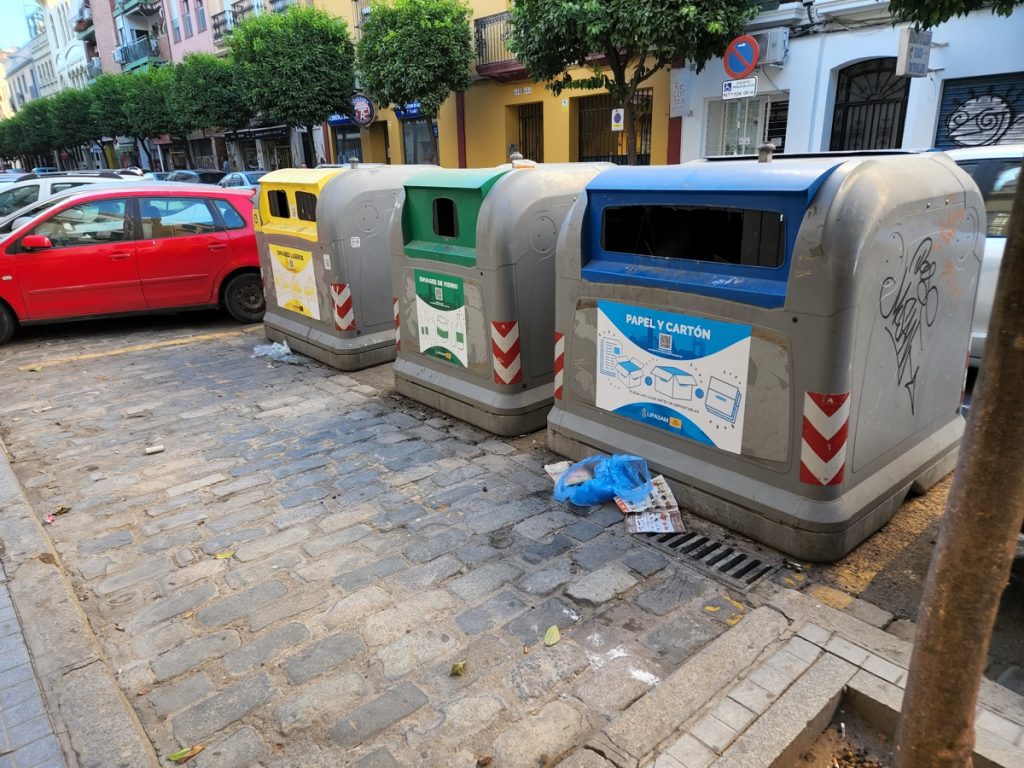
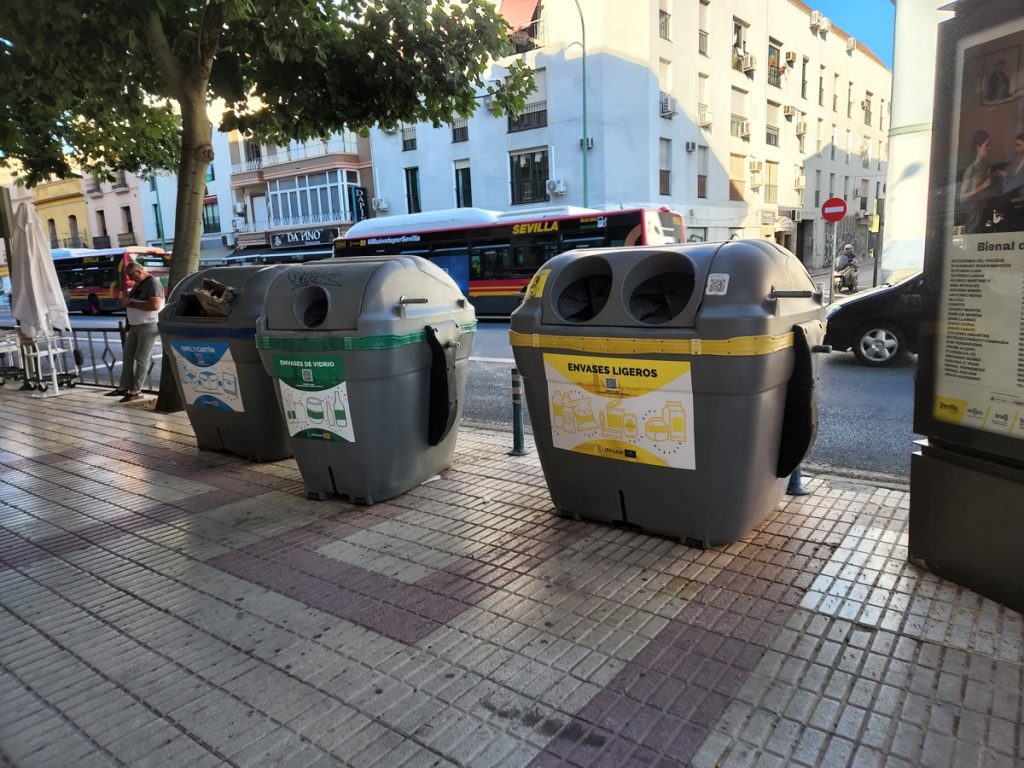
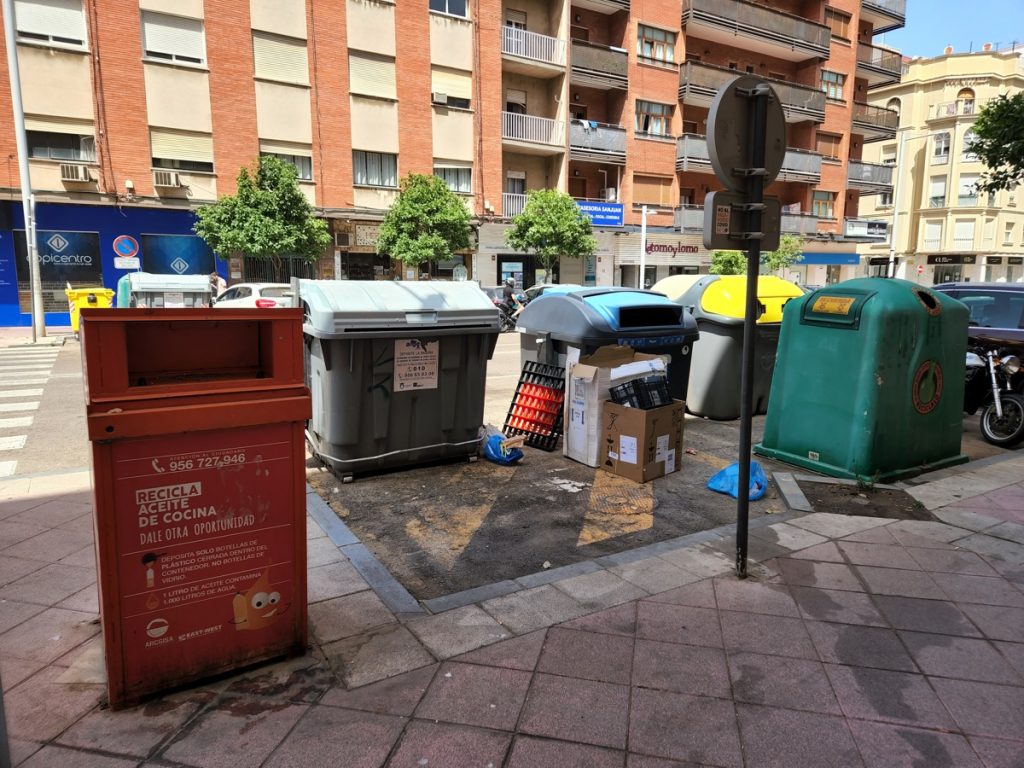
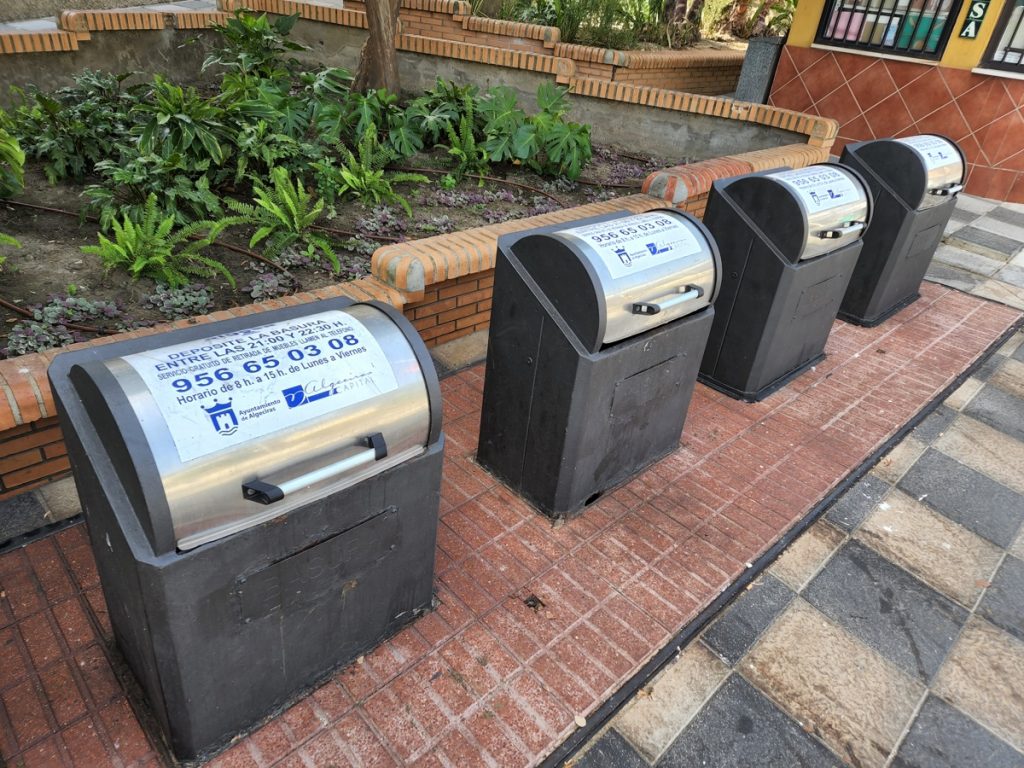
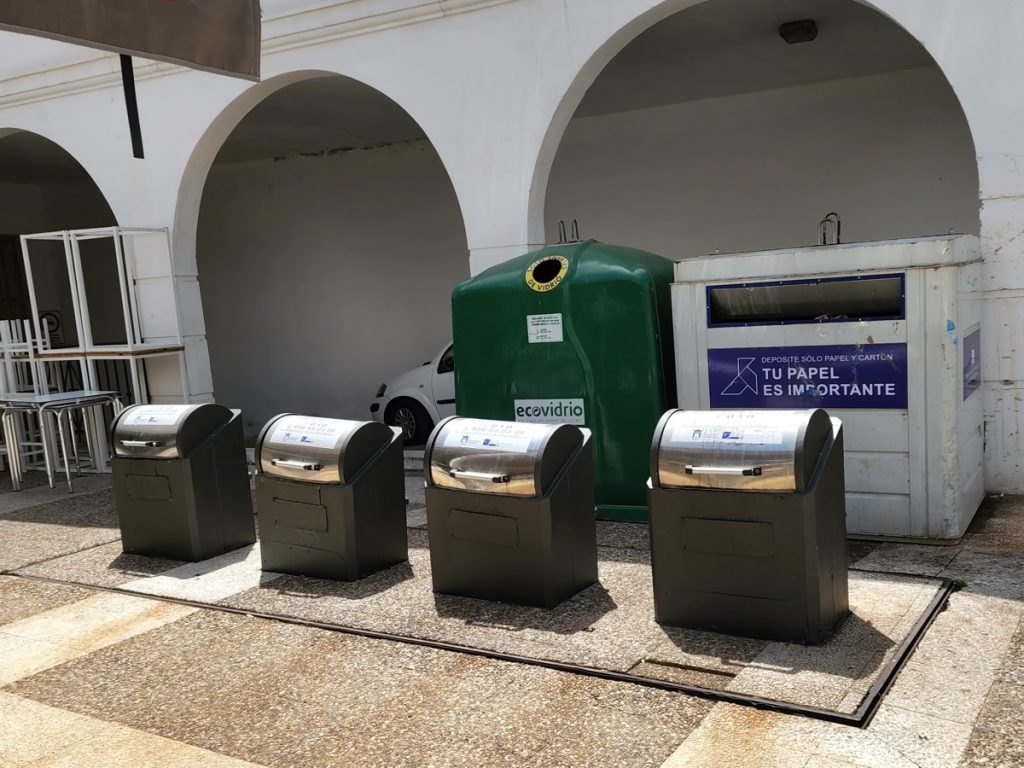
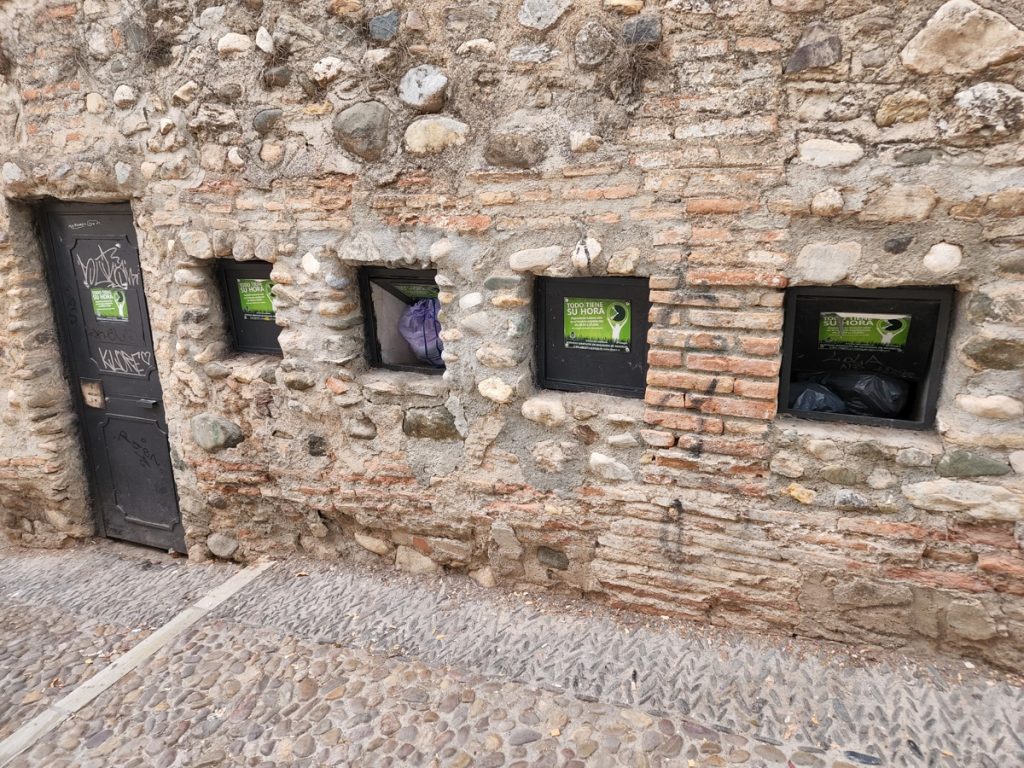
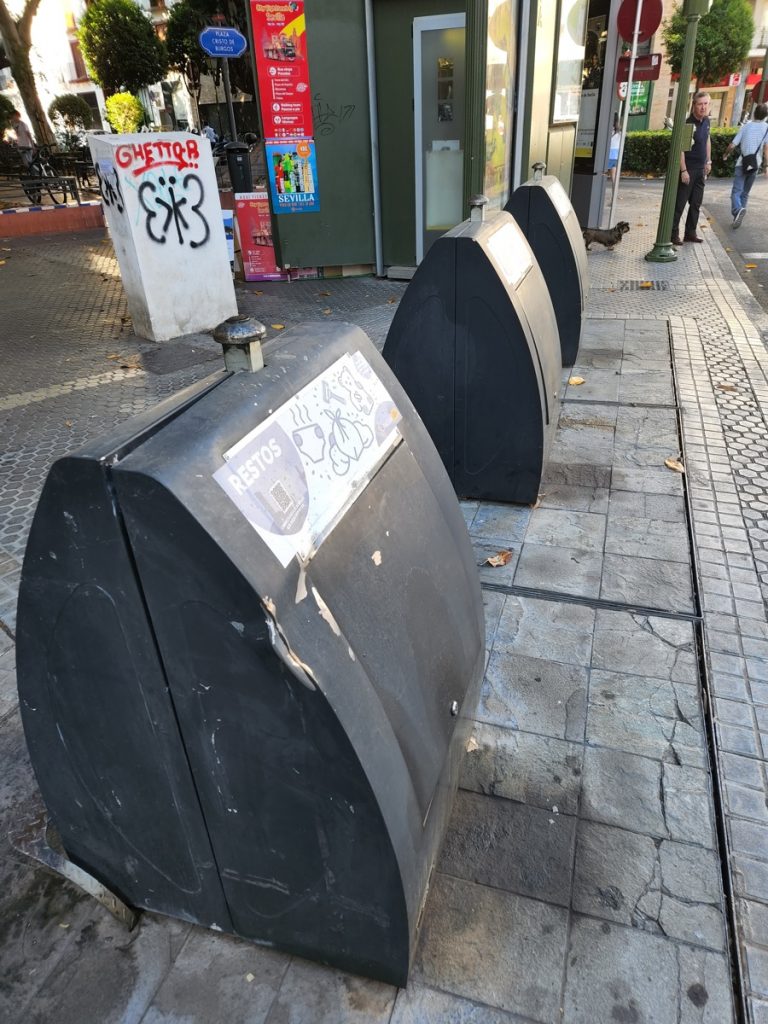
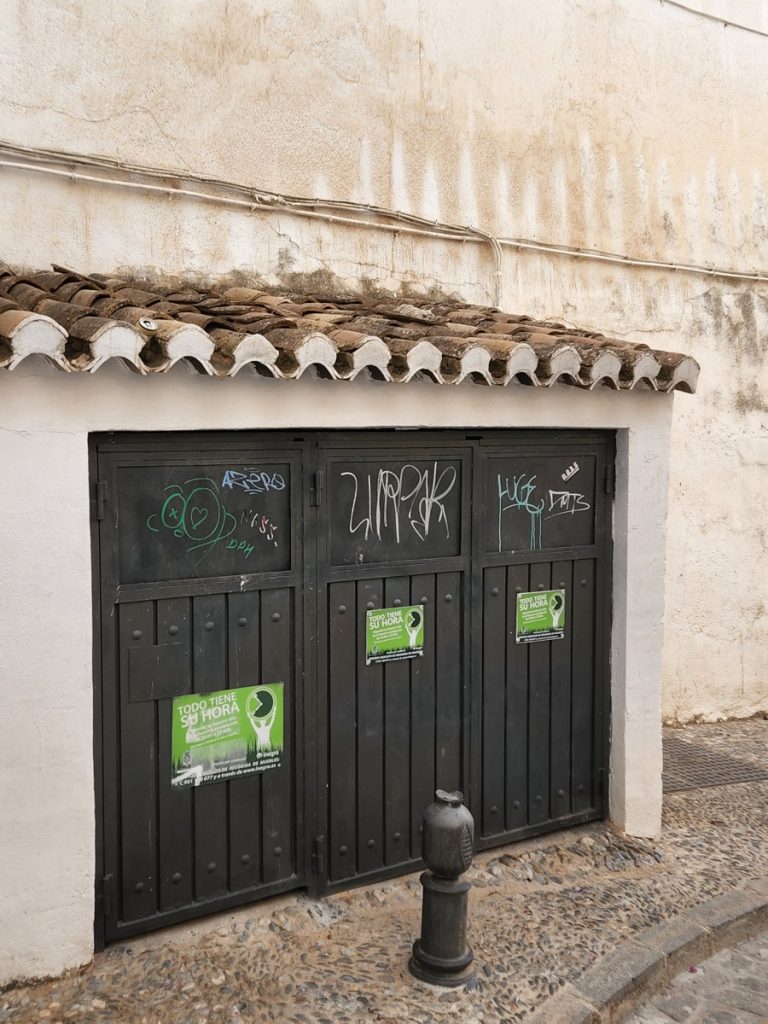

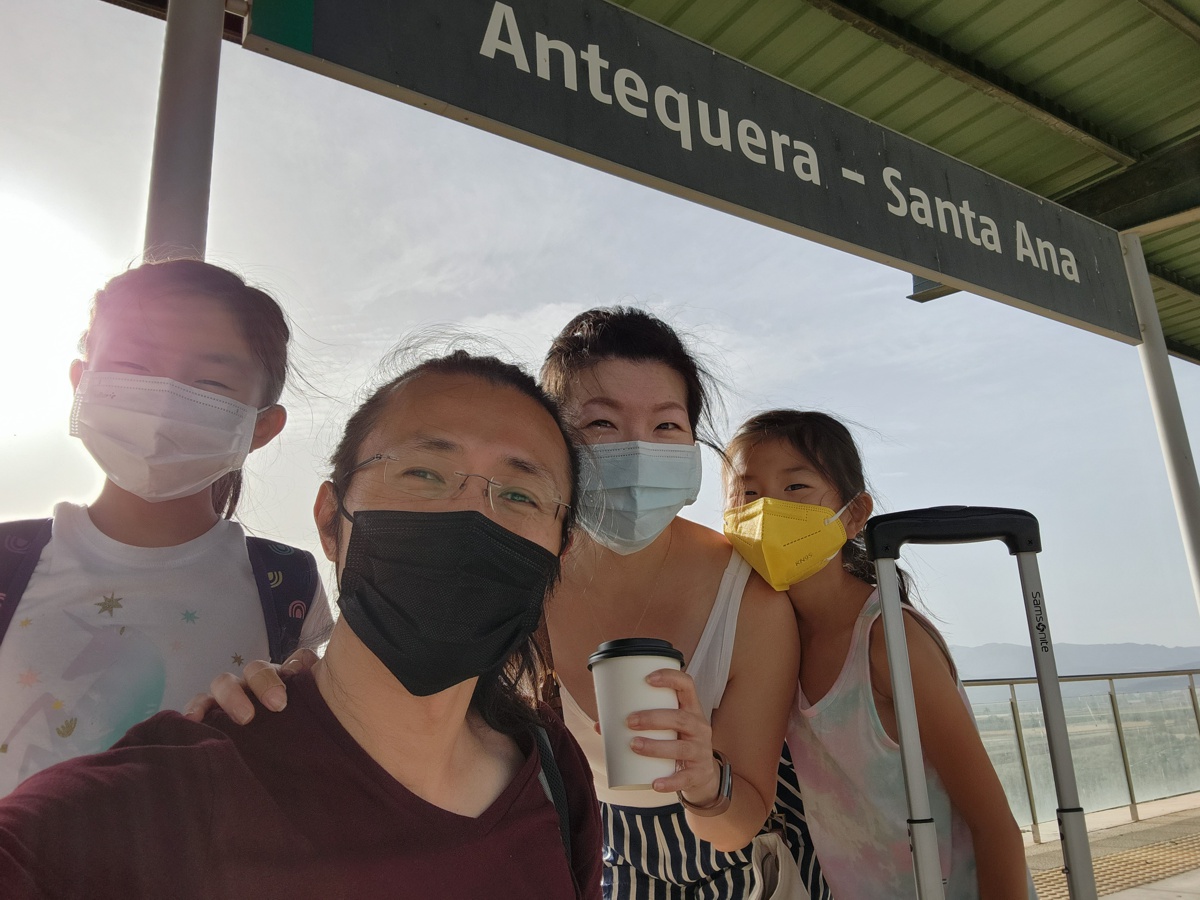
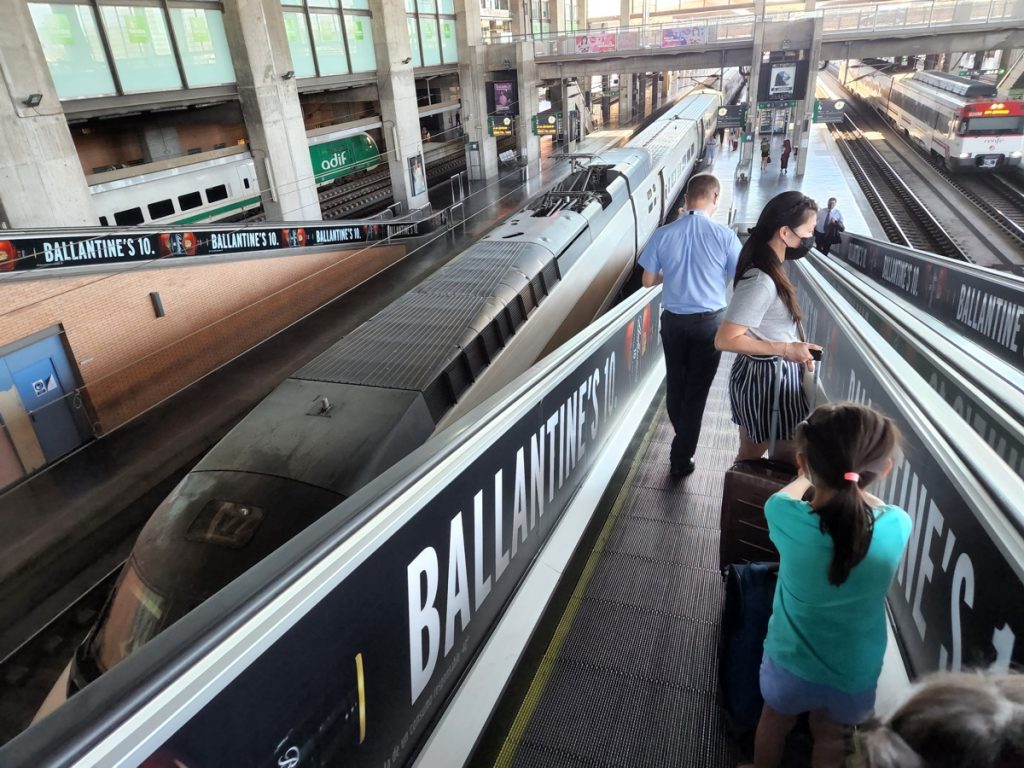
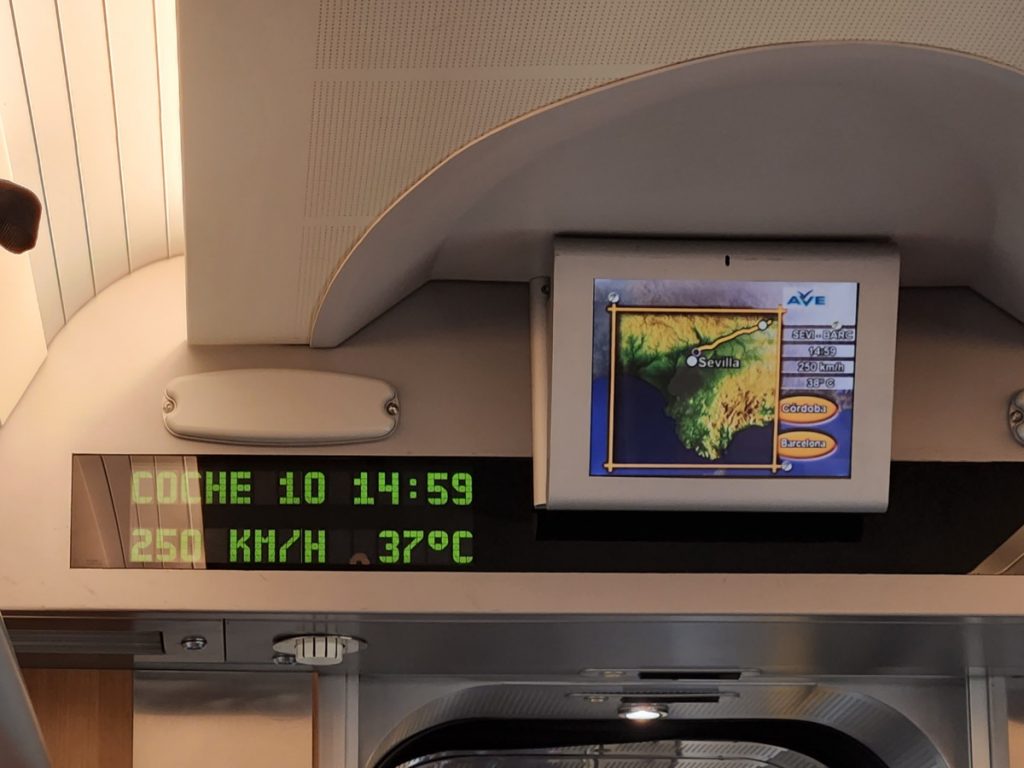
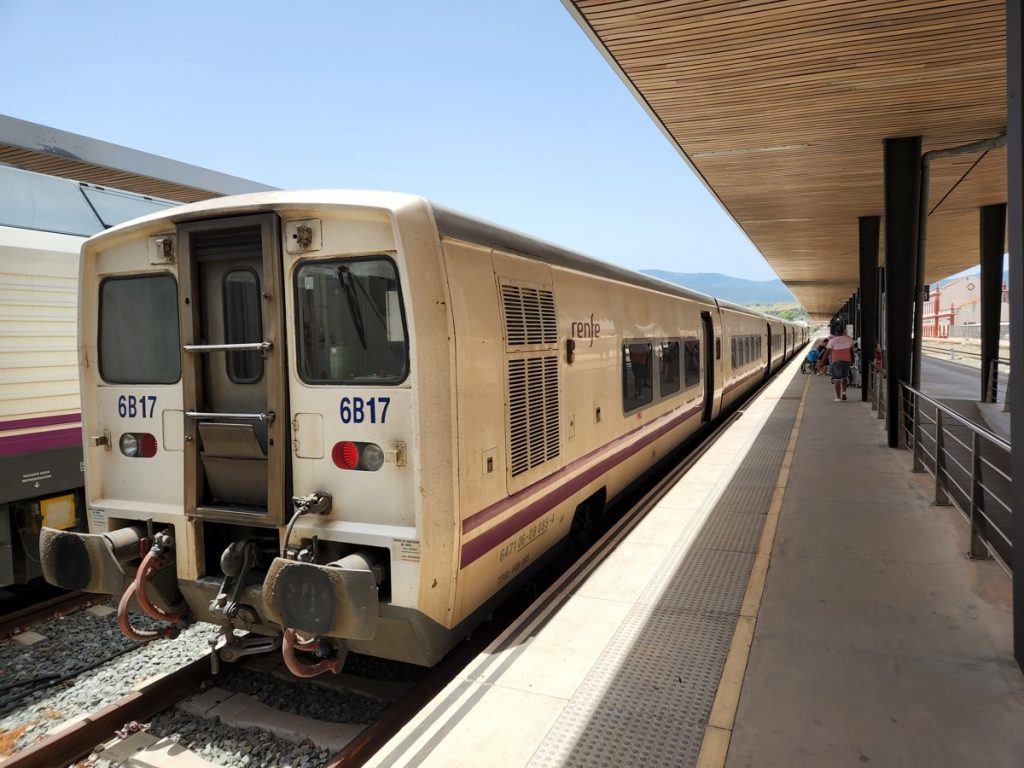
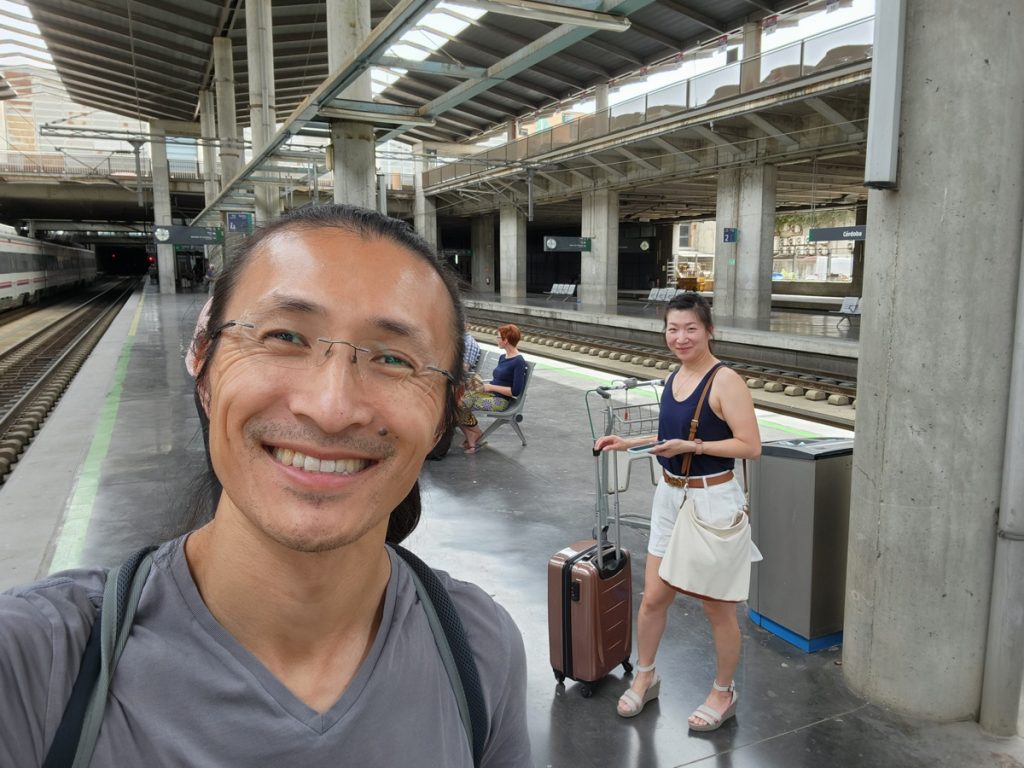
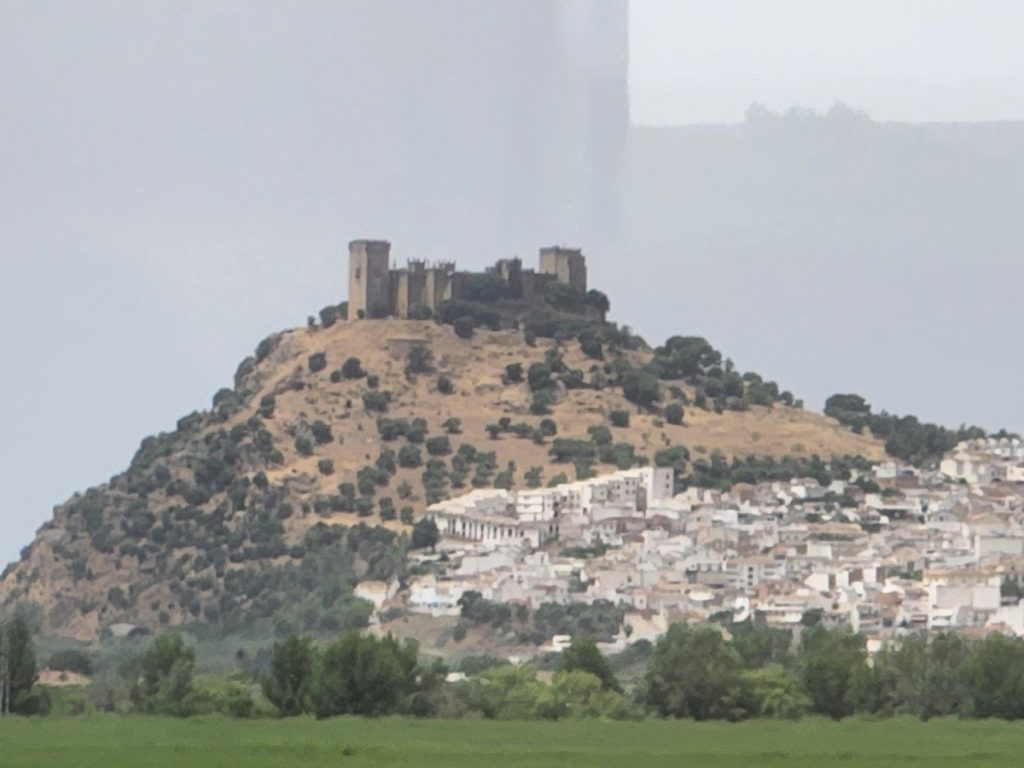
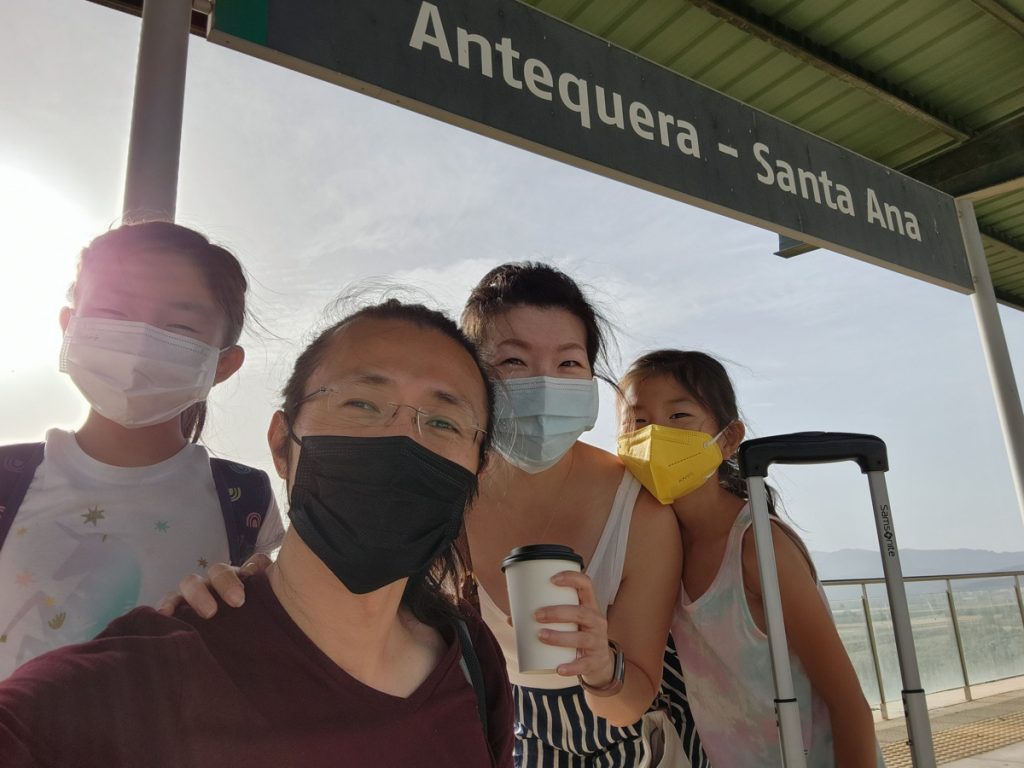
Andalucia 2022 (2/9) – Sevilla: Cool Before Dorne Was Cool – Peter's Blog
July 4, 2022 at 2:40 pm[…] Uncategorized Thoughts […]